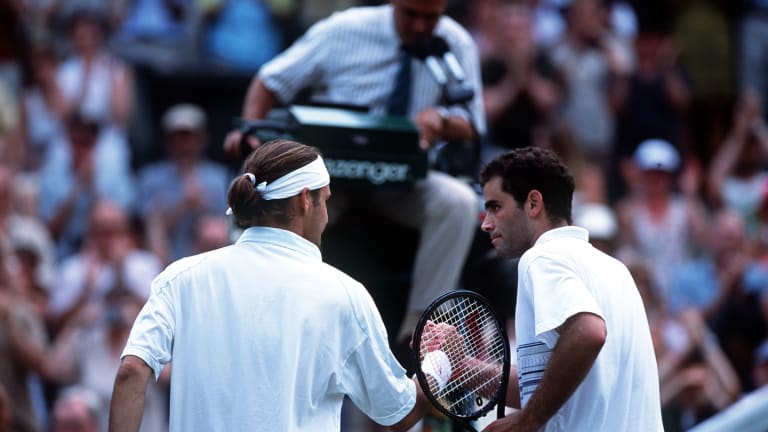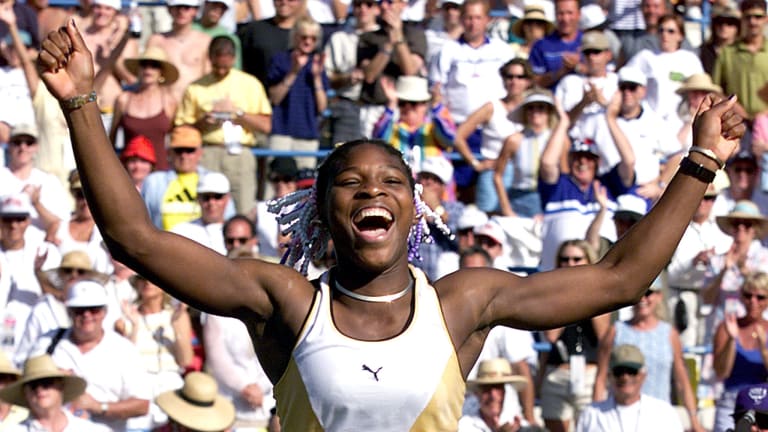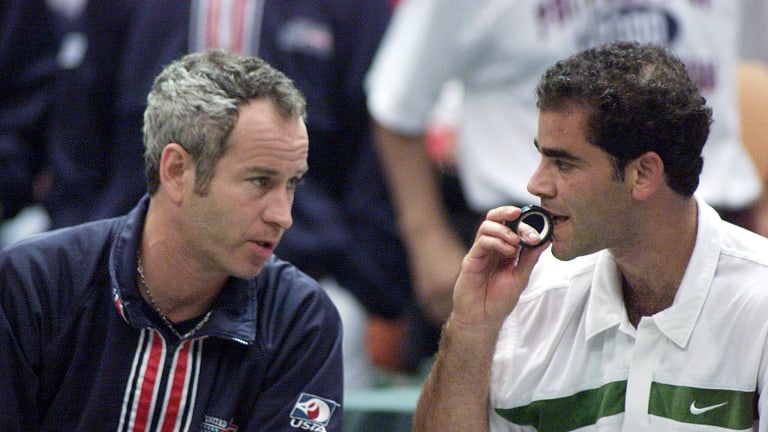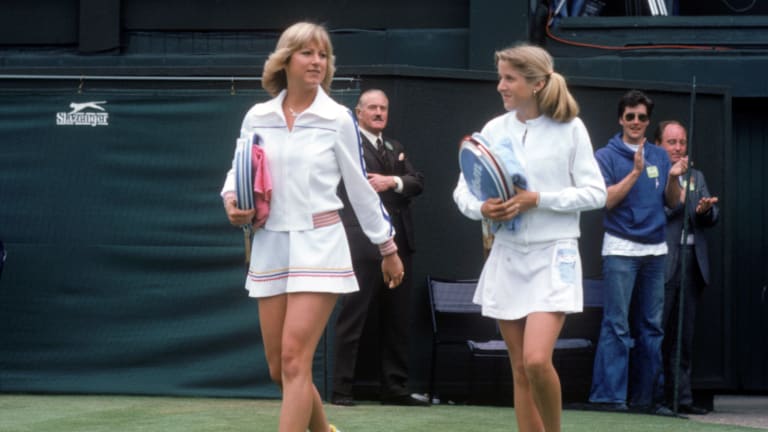From McEnroe-Sampras to Nadal-Alcaraz: A gallery of tennis’ cross-generational rivalries
By May 06, 2022Novak Djokovic vs. Matteo Arnaldi: Where to Watch, Madrid Preview, Betting Odds
By Apr 26, 2025"It’s being a complicated injury": Paula Badosa forced to delay 2025 clay debut with back issue
By Apr 25, 2025Reigning Madrid champ Andrey Rublev gets walkover from Gael Monfils; 2024 finalist Auger-Aliassime out
By Apr 25, 2025Diana Shnaider vs. Anastasija Sevastova: Where to Watch, Madrid Preview, Betting Odds
By Apr 25, 2025Joao Fonseca vs. Tommy Paul: Where to Watch, Madrid Preview, Betting Odds
By Apr 25, 2025Elena Rybakina vs. Bianca Andreescu: Where to Watch, Madrid Open Betting Odds
By Apr 25, 2025Holger Rune vs. Flavio Cobolli: Where to Watch, Madrid Open Betting Odds
By Apr 25, 2025Emma Raducanu vs. Marta Kostyuk: Where to Watch, Madrid Open Betting Odds
By Apr 25, 2025Coco Gauff joins Iga Swiatek in rallying to win Madrid opener
By Apr 24, 2025From McEnroe-Sampras to Nadal-Alcaraz: A gallery of tennis’ cross-generational rivalries
Look back at five of tennis’ signature cross-generational rivalries, each in their own way showcasing legends in both battle and transition.
Published May 06, 2022
Advertising
Advertising

Federer served and volleyed 109 times during his 7-6 (7), 5-7, 6-4, 6-7 (2), 7-5 win over Sampras.
© Getty Images
Advertising

1999 was a fitting transitional year for Graf and Williams, two of the greatest players ever, to play two scintillating matches.
© AFP via Getty Images
Advertising

McEnroe was 31 years old when he faced a 19-year-old Sampras at the US Open.
© AFP via Getty Images
Advertising

“His will to fight surprised me,” Agassi said of Connors. “It was so intense you could feel it.''
© Getty Images
Advertising

Up against 14-year-old Austin, Evert felt she was about to compete against a younger version of herself—an awareness that inspired dread.
© Getty Images